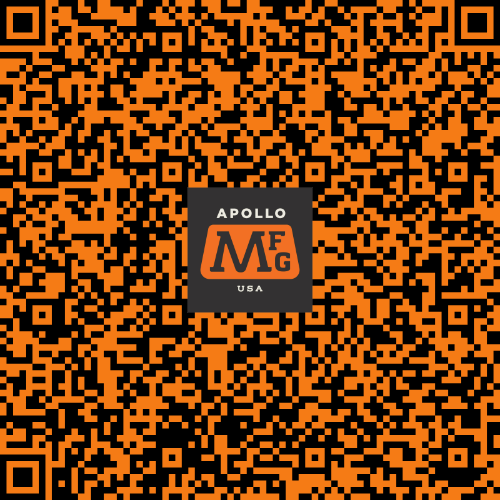One of the key advantages of laser ablation marking is its versatility. It can be applied to a wide range of materials, including metals, plastics, ceramics, and even delicate materials like glass, without causing damage or deformation. This adaptability makes laser ablation suitable for a diverse array of industries.
The precision and permanence of laser ablation marking make it an ideal choice for industries that need high-quality, long-lasting markings. So, how exactly does the magic happen? This process involves using focused laser beams to remove material from the surface of a substrate, leaving behind a permanent and high-contrast mark. The focused laser beams can achieve intricate designs, barcodes, serial numbers, and logos with exceptional accuracy, even on small or complex components.
This level of precision also ensures traceability, quality control, and efficient inventory management throughout the production process. Unlike traditional methods like inkjet printing or chemical etching, laser ablation does not involve consumables like inks or acids, reducing operational costs and environmental impact. The permanent nature of laser ablation markings also withstands harsh environmental conditions, such as extreme temperatures, chemicals, and UV exposure, ensuring the longevity of the marked products.
In addition to its technical advantages, laser marking through ablation offers a non-contact and contactless solution. This means that the substrate remains unaltered in terms of surface integrity, avoiding potential contamination, corrosion, or distortion caused by physical contact. The speed and automation capabilities of laser ablation systems further contribute to its practicality for industrial applications. High-speed laser systems can mark multiple parts in rapid succession, enhancing production efficiency and reducing downtime.
Overall, laser marking through ablation presents a practical solution that combines adaptability, precision, permanence, and automation, making it an indispensable tool for a wide array of industrial needs.





